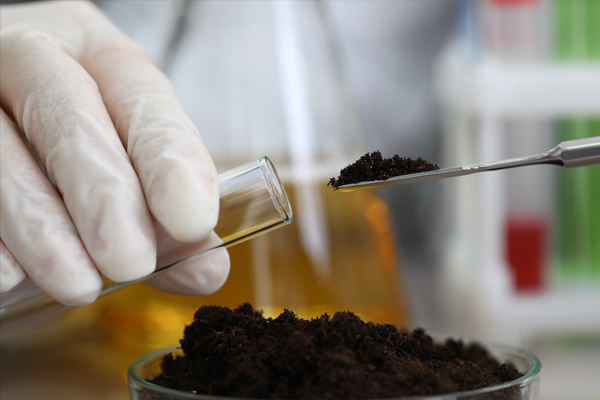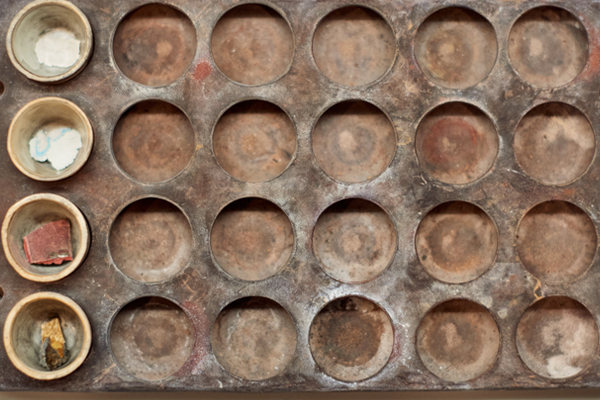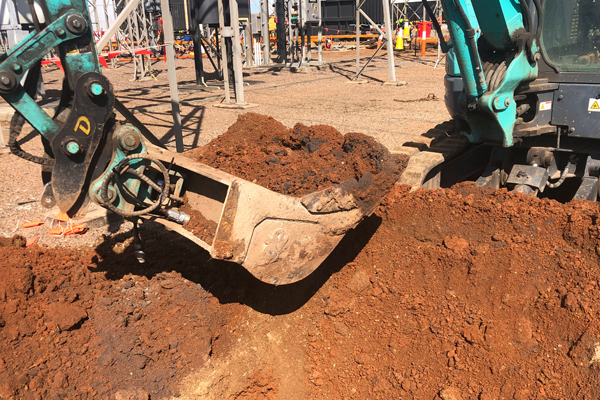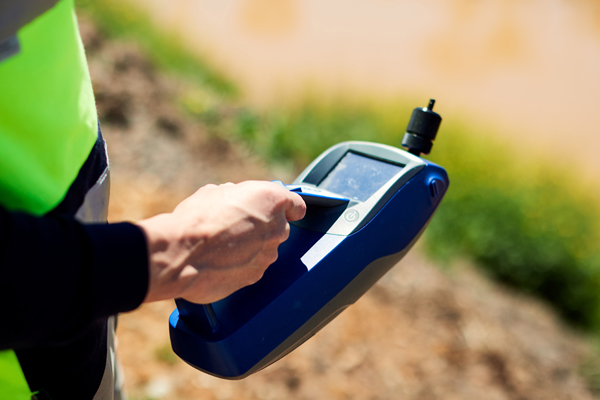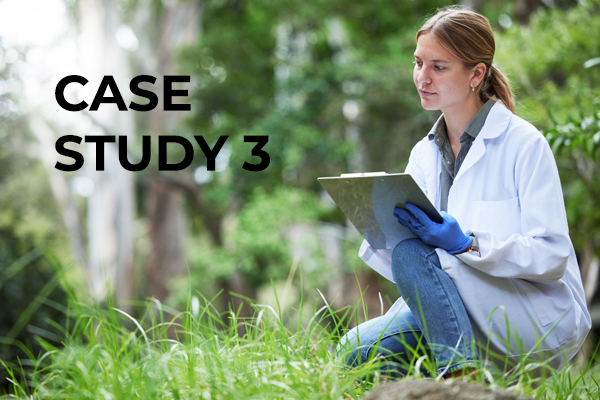Fungal Contamination
The construction of modern buildings designed to contain a temperature controlled, relatively static volume of air can create numerous microclimates favourable to either the growth of fungi (mould), or to the accumulation and deposition of fungal spores.
It can lead to problems of indoor air quality, recognized as important risk factors for human health because populations spend a substantial fraction of time within buildings.
Fungal intrusion into indoor environments therefore is a modern phenomenon:
- Microbial contamination of indoor working environments is often neglected unless health symptoms are reported and require investigation.
- In residences, day-care centres, retirement homes and other special environments, indoor air pollution affects population groups that are particularly vulnerable due to their health status or age.
- Microbial pollution involves hundreds of species of bacteria and fungi that grow indoors when sufficient moisture is available. Exposure to microbial contaminants is clinically associated with respiratory symptoms, allergies, asthma and immunological reactions.
SKILLS
EHS provides a comprehensive range of remediation skills and strategies which includes both the identification and correction of the conditions that permit mould growth, as well as the steps to safely and effectively remove mould damaged materials. The highest priority of the remediation strategies is to protect the health and safety of all the staff and remediators.
OUTCOMES
EHS remediation strategies help:
- Choose the most appropriate clean-up method for each condition
- Ensure the correct use of personal protective equipment (PPE).
- Contain and remove mouldy materials in a manner that will prevent further contamination.
- Avoid exposure to mould during clean-up activities
- Ensure permanent correction of the water or moisture problem.


